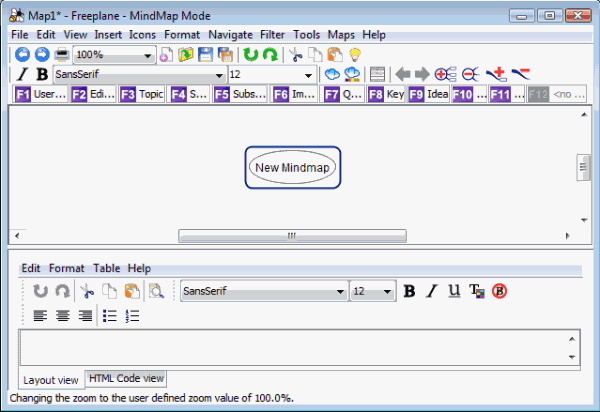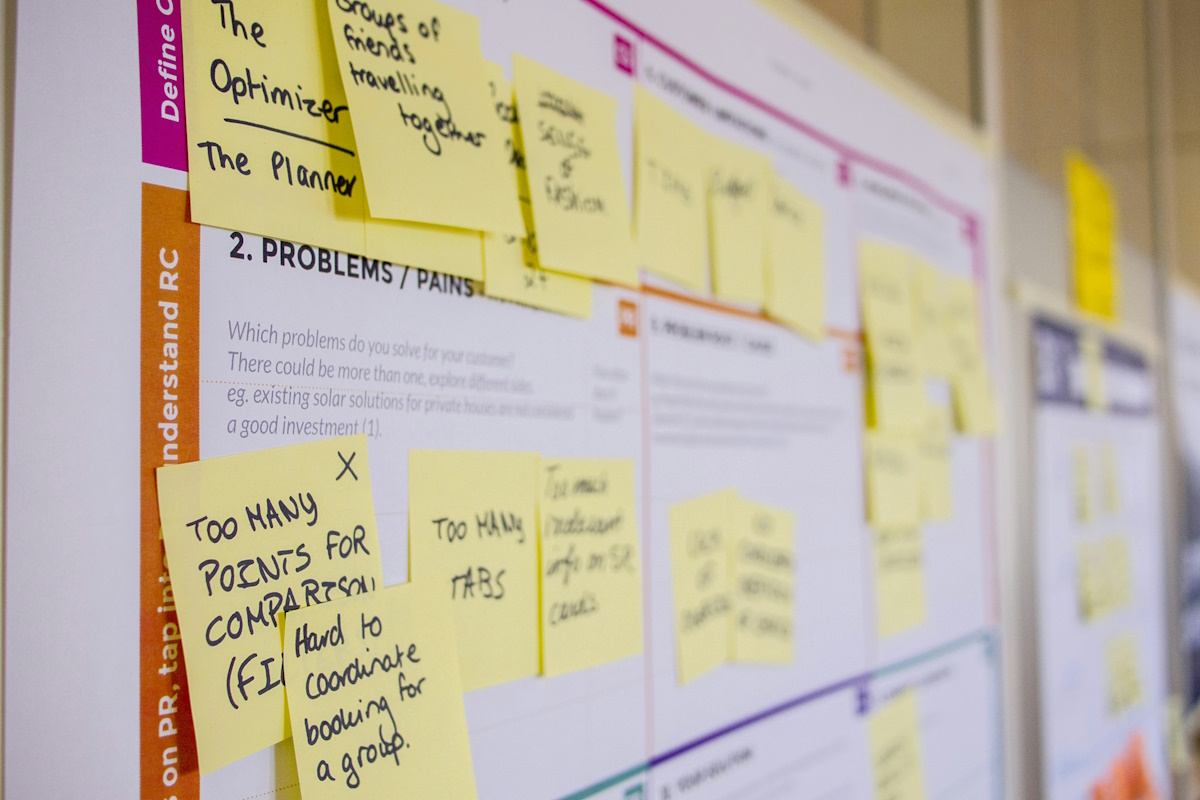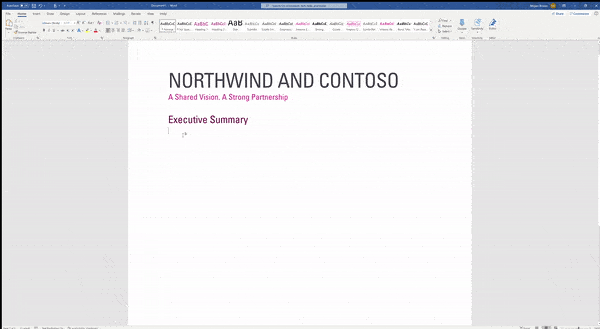Create Mindmaps with Freeplane

Software exists today that allows you to chart your patterns of though and brainstorms in easy to navigate illustrations. Such programs allow you to make flowcharts that send you from one thought to the next in an effort to sort out exactly what meaning you are attempting to convey. Most such programs charge users a hefty sum, but some options, like Freeplane, allow you to access all the convenience of such charts without paying a dime.
To try it, simply follow this link to the program’s download page. Freeplane is a larger download than most, sitting at a bit over 16MB, although you still should not have any problems fitting it on your system unless you are already approaching critical mass. Installation is a breeze, and Freeplane should automatically launch once you have worked through a few quick setup pages.
The first thing that will likely strike you as you look upon the program’s interface is how complicated it appears at a glance. Freeplane has a lot of different buttons, and sorting through them in the beginning can be rather difficult. As such, opening the tab titled User Manual and exploring a mind map that has already been created can be a good first step, even if you do not care to read the manual’s contents. Doing so illustrates how thoughts can topics can be linked together through the mind map layout and what sort of results you can expect once you finish constructing your project.
In attempting to build your mind map you will want to start by learning a few simple ways of manipulating the information on the screen to create a series of nodes that helps you map out your thoughts. The most important of these is the insert function, which allows you to create new nodes from a parent. This allows you to begin constructing branches from your core concept and really start making a mind map that helps you and others follow your thoughts. By pushing the insert key while a node is highlighted you force a branch from it and will automatically be given them option to name it. If you do not like the position of the child node simply click and drag it to somewhere more convenient.

You can similarly create sibling nodes at the same depth as a highlighted node by clicking Enter. Delete nodes with the Delete key.
To be able to get a handle on the program you also need to become familiar with the various functions made possible by the quick keys listed along the top of the program. They allow you to manipulate not only nodes but the content held within the nodes. Take time to experiment with the F-keys to learn more about how they can make building mind maps easier and more thorough as you get more familiar with the program.
Freeplane does not have the snappy graphics that some of its competitors do. For some this may be a problem, but for those who want total control over the creation of their mind maps without having to pay anything Freeplane is a fantastic tool. Charting the mind can be a difficult task, just like trying to keep track of the seemingly chaotic running of your thoughts. With Freeplane, both challenges are made a bit easier.
Advertisement





















Indeed it feels like Freemind.
This is a fantastic and robust program.
I prefer it hands-down to FreeMind, which I used previously, and the prettier-skinned options like XMind. Beats the pants of wikis because everything’s on one page, neatly hidden till you want to see it. So much easier to reorganize the data hierarchy. The biggest problem I had was trusting that I could find what I entered, and learning the groundrules of this approach to hierarchical organization. It forced me to understand better how I think because it is so flexible.
I’ve been using it for a year or so, tried many other solutions to the problem of GTD / journal / logging, and it just plain wins. I really mean it. Can handle a huge amount of data, organized either while entering or afterwards. Very responsive, flexible, customizable; pleasant to use. Never lost any data to it, either. Many flexible export options for printing in other formats, like outline. You can also have several mind maps open simultaneously.
Alpha version in active development by very committed community led by truly devoted, democratic developer. Can you tell I’m a fan?
Basically it is Freemind branch.
It’s strange that this isn’t mentioned in the blog post – Freemind is well-known for years FOSS mindmap application.
Sort of reminds me of FreeMind